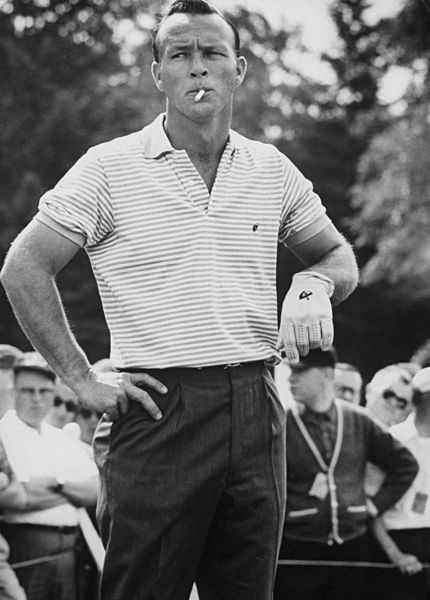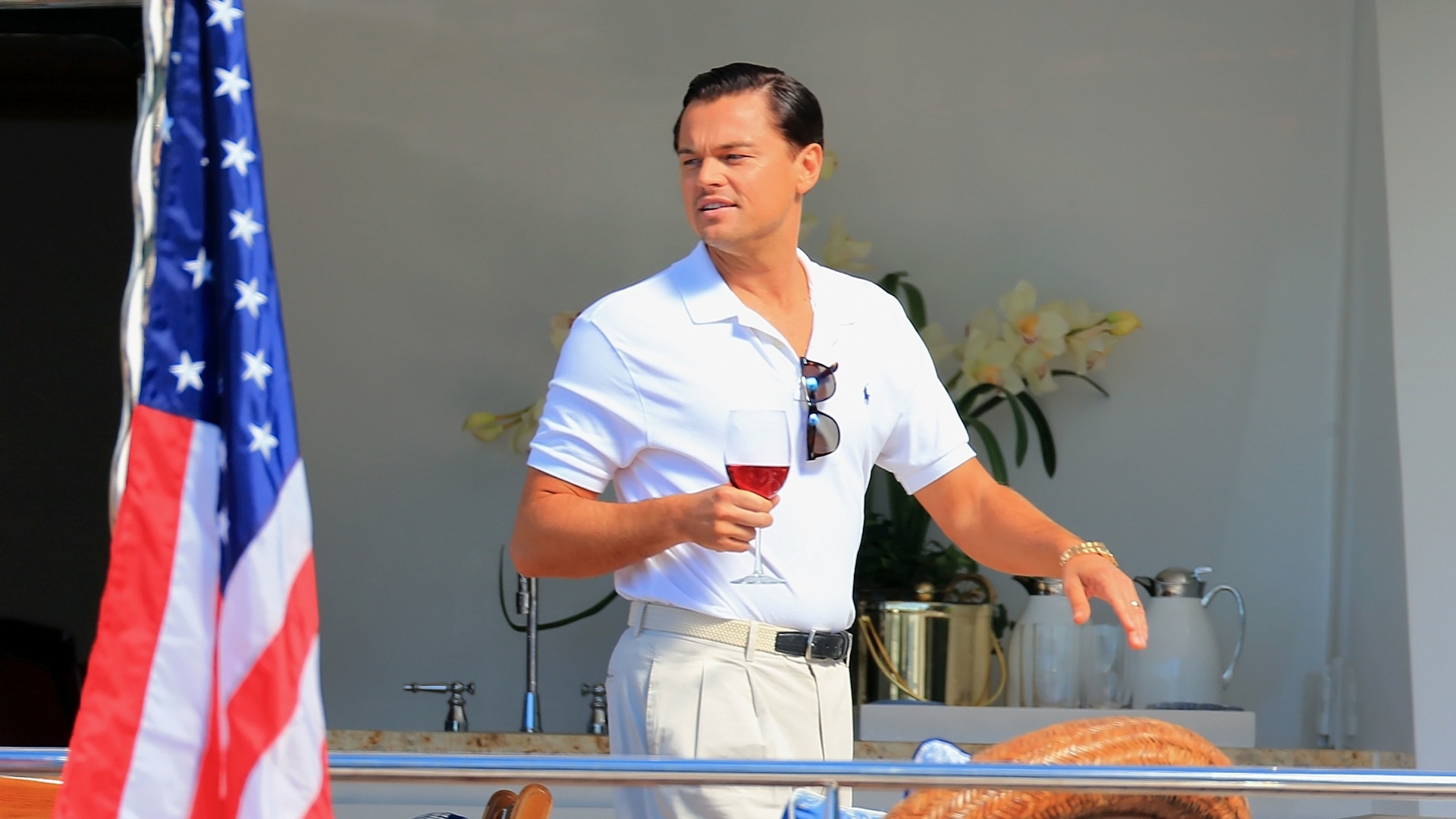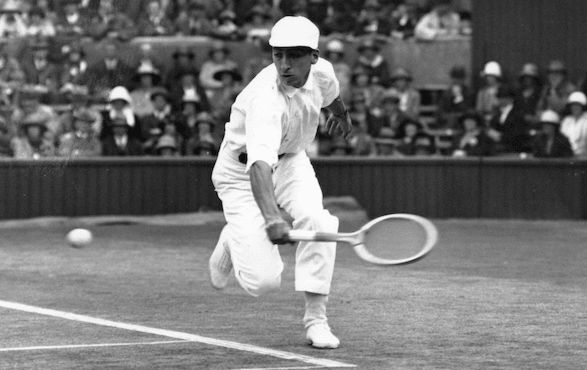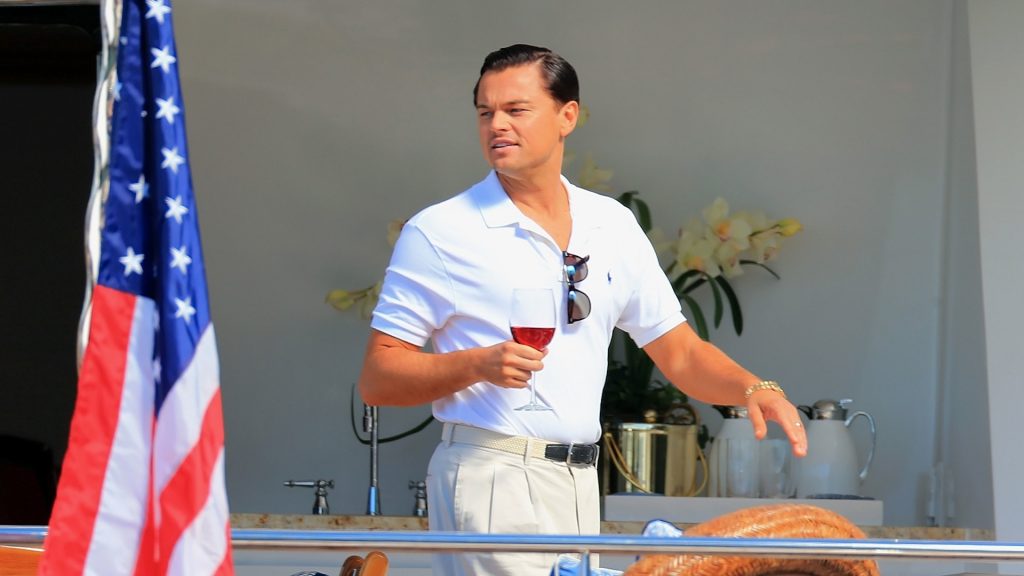 For generations now, polo shirts have been the casual cornerstone of a classic warm weather wardrobe. While many, upon hearing “polo shirt” think of the brand “Polo ™,” in fact the first truly branded version was developed in 1927 for tennis legend Rene’ “The Alligator” Lacoste. Forerunners of what we now know as the modern polo shirt where in use as far back as the late 19th Century by polo players.
For generations now, polo shirts have been the casual cornerstone of a classic warm weather wardrobe. While many, upon hearing “polo shirt” think of the brand “Polo ™,” in fact the first truly branded version was developed in 1927 for tennis legend Rene’ “The Alligator” Lacoste. Forerunners of what we now know as the modern polo shirt where in use as far back as the late 19th Century by polo players.
Lacoste wanted a comfortable shirt to replace the traditional, but impractical dress shirt and tie worn by tennis players at the time. In doing so, he unwittingly produced one of the most versatile garments ever conceived. The modern version, with it’s soft collar, shirt tail hem and buttoned placket can serve a variety of roles, ranging from beach to boardroom.
 With its unique ability to straddle the often elusive line between casual and formal, the polo shirt is able to carry you from the office to the country club – and most places in between – with minimal fuss. While certainly not appropriate for every warmer weather situation, when paired with a nicely tailored outfit, a knit polo shirt can in fact carry you in style through most any non-business dress situation.
With its unique ability to straddle the often elusive line between casual and formal, the polo shirt is able to carry you from the office to the country club – and most places in between – with minimal fuss. While certainly not appropriate for every warmer weather situation, when paired with a nicely tailored outfit, a knit polo shirt can in fact carry you in style through most any non-business dress situation.
Not to be confused with the golf shirt, which is typically has a fuller cut designed to allow for greater body movement, a classic polo shirt fits somewhat close to the body and has a two- or three-button placket. Typically made from textured pique cotton, its design and feel is generally informal while those made from a smoother cotton interlock weave present a much dressier look. some variations have a chest pocket with can give the shirt a more dressy, or retro, look.
Pairing a polo shirt with khakis is of course a traditional combination and usually works just fine for most situations. This looks works equally well with either a worn-in, laid back outfit or pressed and crisp, off-to-cocktails-on-the-lawn togs. The magic of a polo shirt is how it can read formal or informal based on what it’s paired with and the shirt’s fabric choice. It’s inherent design elements come into sharper focus when executed with an eye toward formal and recede into comfort if the garment is meant to age and mellow.
And, unless you are a 15-year-old prep school miscreant, take pass on the overly stylized graphic, patched and logoed polos – no matter how young you may feel inside, they just aren’t meant for grown-ups. The same rule would apply for those excessively “vintage aged” or slim fit khakis. Have fun and create your own look – but remember the adage of knowing the rules before you break them. Guys who always seem to look great in whatever the put on often take the time to understand what works on them and why, and then play around with styles and fits.
As a rule, when going for “nice” casual, keep the general feeling less stuffy. Try boat shoes, loafers, or simple white tennis shoes and a woven leather or ribbon belt. For a more business look, go with a more tailored khaki or whipcord pant and a dressy belt with a silver monogrammed buckle. You can top it off with a navy blazer and high-grade slip-ins or nicer driving mocs. A black interlock, silk, or merino polo paired with a pinstriped suit – a George Clooney classic – is definitely a sharp ensemble, but only in the right sort of venue.
Whatever look you’re trying to achieve, always ensure that the fit is right. It’s a rule that applies to anything you put on, even for a polo shirt.
 Avoid going too baggy as loose and comfortable are not always the same thing. A balanced fit across the shoulders – so the shirt’s shoulder seams actually land on your shoulder – should be your first goal. You don’t want pulling or bunching, just a natural and comfortable fit. The body of the shirt should lightly touch yours, but not pull or feel tight.
Avoid going too baggy as loose and comfortable are not always the same thing. A balanced fit across the shoulders – so the shirt’s shoulder seams actually land on your shoulder – should be your first goal. You don’t want pulling or bunching, just a natural and comfortable fit. The body of the shirt should lightly touch yours, but not pull or feel tight.
The sleeve should hit somewhere around your mid-bicep and be fitted but not constricting. When un-tucked, your shirt should hang no lower than your hips and by no means cover your rear like a miniskirt. More tailored, dressy polos often have unbanded sleeves that land slightly lower on the bicep.
Different brands have different cuts and you may need to try out a few before settling on what’s right for you. Don’t focus on labels – that’s about marketing, not what fits you well. Many designers have slimmer fitting polo shirts, but remember that trim does not mean tight – unless you want it tight of course, which is another look altogether.
Regardless of how well it fits, when in the office, your shirt should probably be tucked in.
One of the best things about polo shirts is their versatility. They come in almost every color under the sun, and also happen to age very well. That beat up old polo at the bottom of the shirt drawer – the one with the seriously frayed collar? It will always look great at a clam bake with some faded khaki shorts and a stiff gin & tonic. Or going to catch a movie with the kids.


